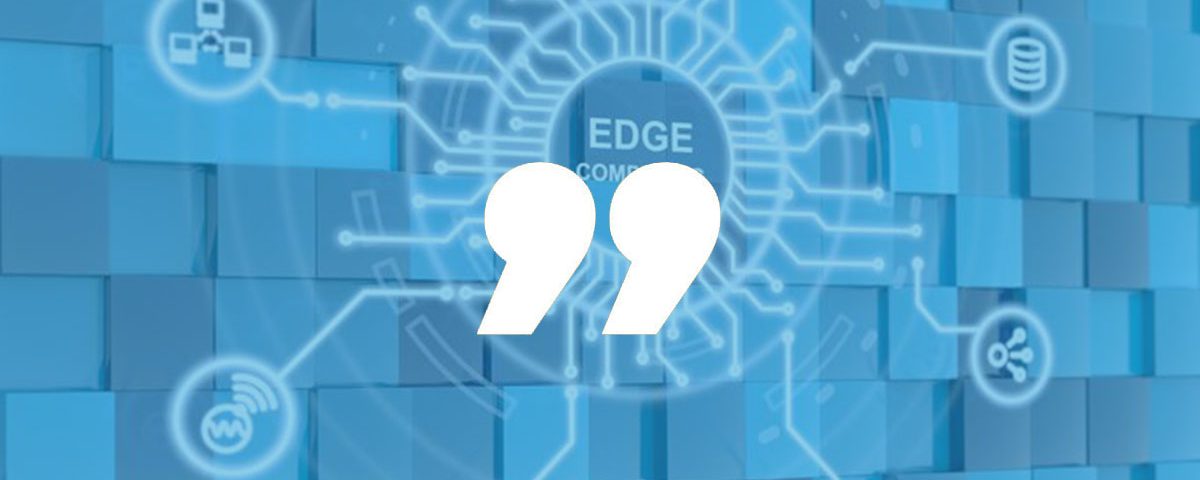Edge Computing: Problem Solving in Today’s Tech Landscape

When Disaster Strikes: The IT Disaster Recovery Process
April 2, 2019
Why and How to Migrate Your Business Data to the Cloud
May 7, 2019As our lives, both personal and professional, become more integrated and connected to technology, it is increasingly important that our tech works for us, and not the other way around. Our world relies heavily on devices and software, using them for everything from basic communication with family and colleagues to running and maintaining the IT for the world’s largest businesses. The presence of technology in our lives has occurred gradually over decades and along the way, professionals have had to modify tech to solve the inevitable problems that occur with substantial growth and change.
In one technological leap forward, we have come to utilize cloud-based services, which managed to solve their own set of problems as they became more accessible. Data could be stored in a centralized location and accessed remotely, without any physical connection. Modern apps and devices relied heavily on these services, but as consumers and business require faster speeds and better security, the centralized location of the cloud requires some upgrading. To solve the issues presented by the substantial increase in traffic, “Edge Computing” has entered the tech landscape and presents solutions to many current and pressing problems.
What is “edge computing”
Simply put, edge computing encompasses processes that take place on the “edge”, or closer to the physical endpoint of where the data will ultimately end up. It’s an expansion of cloud computing, in that rather than all operations going through a few major cloud centers around the world, they occur closer to the user.
Edge computing solves problems
Relying on just a few centralized services offers freedom, reliability, and something of a status quo, but it has its drawbacks. There’s no doubt that tech has gotten faster, but with the amount of data that is currently transmitted, it still isn’t fast enough. The round trip from our device to the cloud produced latency that becomes more noticeable as our tech becomes an even bigger part of our daily lives. Edge computing has the potential to fix this issue, and eliminate one of the most substantial tech issues of the moment — speed. By moving the data closer to the endpoint, latency issues are improved or resolved.
Similar to the way it deals with speed, edge computing also addresses bandwidth issues. Bandwidth relates to speed in that when there isn’t enough, a data bottleneck can cause data to slow down. Spreading data out geographically reduces the amount of data traveling to a single place, reducing bandwidth issues.
As the number of connected devices increases, so does the amount of secure data that is processed. Data laws and regulations differ from place to place, and this can cause difficulty with compliance and keeping data secure. Allowing data to be processed locally allows it to maintain compliance while reducing potential threats and increasing data safety and privacy.
Edge computing addresses these technology issues that affect everyone, but it also solves particular problems from a professional IT perspective. It gives us more opportunities for connectivity and convenience, allowing the individual IT plans we develop for each client to be fully customized. As technology and accessibility increases, we are able to develop secure, reliable, and cost-effective IT solutions utilizing all of the tools at our disposal, including edge computing. Explore all of the services that SingularisIT offers on our website.


